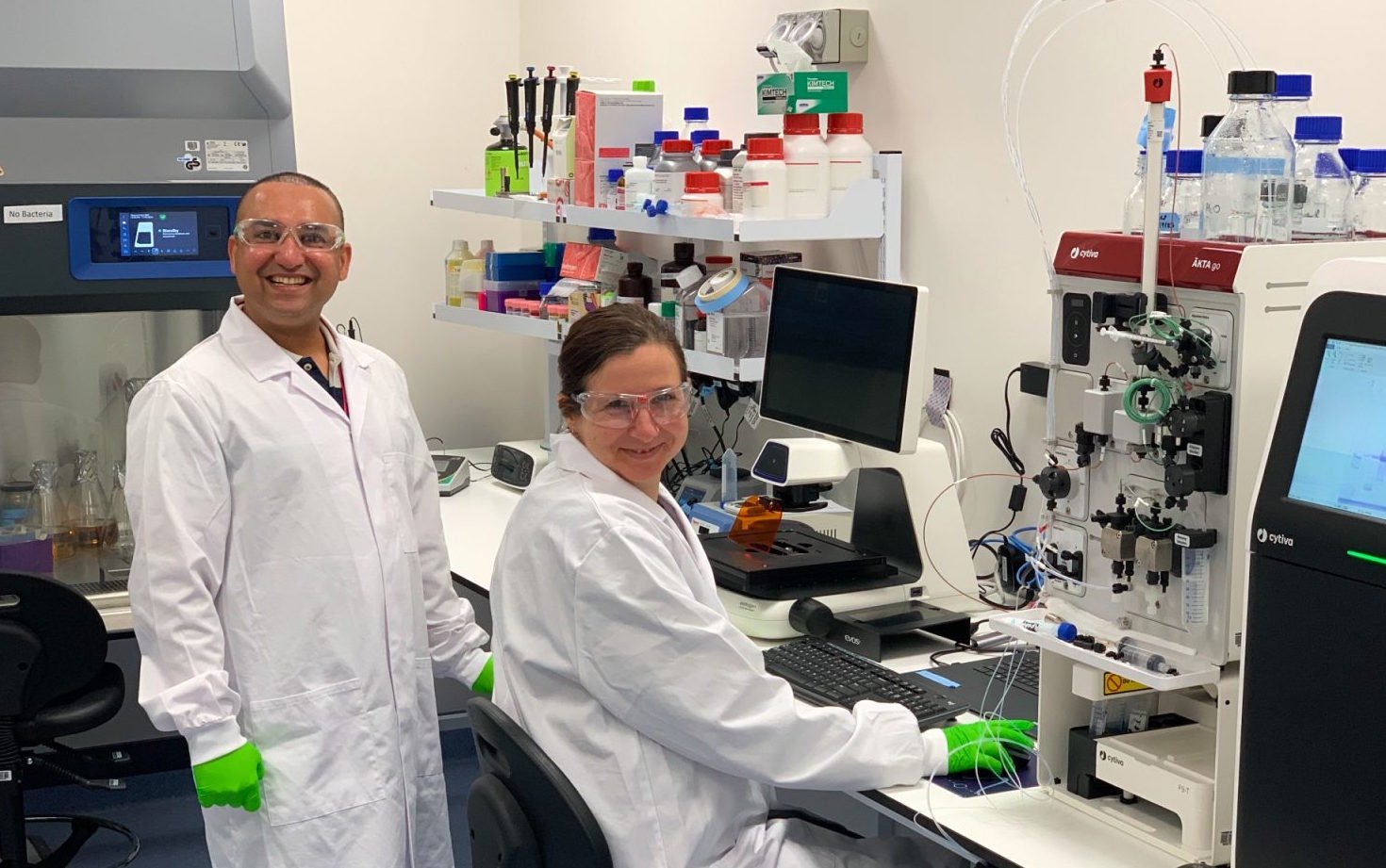The real risk in life sciences
26 April 2017 | News | By BioSpectrum Bureau
The real risk in life sciences

Singapore: Over the past decade, compliance programs at life sciences companies have grown in scope and complexity. Now, executives and boards of directors are questioning whether these larger programs are effectively reducing their risks, or have they become too onerous to deliver real business value?
Many drivers toward complexity
Key stakeholders within compliance, legal, and internal audit at major life sciences organizations are becoming increasingly concerned about the effectiveness of their global compliance programs. Most recognize that these programs have become increasingly complex and are seeing their workloads rise as the business and regulatory environments evolve. And they are concerned that they may not be protecting against risks in a manner that meets the needs of the organization.
The recent wave of industry convergence has led many life sciences organizations to explore new market segments and business models. Service- and solution-based business models have emerged as players vie for competitive advantage. And this has forced compliance leaders to not only come to grips with new requirements, but also grapple with massive questions about efficiently integrating disparate business models into existing compliance programs.
At the same time, the shift toward value-based payment models creates new concerns and complexities. Key stakeholders are assessing how the new models will change sales and marketing approaches and interactions with group purchasing organizations, payers, healthcare organizations, and healthcare professionals. And they are thinking about how shared risk and bundled payments will impact their current compliance processes and policies.
Of course, all of this sits against a backdrop of continued pressures for cost reduction and efficiency and an uncertain political climate. Life sciences organizations continue to ask their compliance functions to do more. But they are asking them to do it without increasing cost or head count. This is the compliance conundrum, and only time will tell how organizations will respond.
Compliance functions are out of synch
With pressure now mounting for change, many compliance leaders are taking a critical look at their functions and related areas of focus. And what they are finding is that they have become outdated-and in some cases, oversized.
The problem is that-in the pursuit of achieving a "gold standard" of compliance (as laid out by various enforcement actions, deferred prosecution agreements, and corporate integrity agreements)-they have allowed their functions to grow in size and complexity. However, changes are often not aligned with the internal risk tolerance of the company or emerging trends in the regulatory and political landscape.
Each new regulatory enforcement action, new or updated guidance document, merger, or acquisition has spawned new processes and policies that are layered over the top of existing compliance frameworks. Most compliance functions are now suffering from significant overlap and redundancy, as well as outdated requirements that fail to mitigate the intended risk or effect a change in behavior within the business to align with the risk tolerance of the company. Most important, valuable resources are soaked up chasing down insignificant infractions and policing the policy.
Three hallmarks of successful programs
Not surprisingly, many of the leading compliance functions across the United States and around the world are now rethinking their approaches to delivering on objectives. And while each is taking a customized approach to transforming its compliance programs and revisiting its strategies, our experience suggests that the most successful programs aim for three main outcomes:
1. Becoming more practical
Key stakeholders are challenging the status quo and questioning the realized value of their programs in comparison to strategic compliance and commercial objectives. They recognize they will never have a perfect program and are, therefore, sharpening their focus on identifying and addressing the right risks for their particular business and markets. This, in turn, has allowed them to realign their resources to focus on higher-priority areas that create significant risks for the business.
2. Realigning responsibility
Rather than enforcing a policy-driven program, many of the leading organizations are now shifting toward a principles-based program that essentially shifts responsibility for compliance back to the business. They are recognizing that compliance is an everyday priority that should be ingrained within all levels of the company. And so, they are giving the business the guidance, training, and support required to achieve compliance and allowing them to adapt the processes to their daily jobs. In doing so, they are spending less time policing the business and more time on their own business objectives.
3. Focusing resources
Leading organizations are finding opportunities to release their resources from low-value tasks. Some are leveraging data analytics to improve efficiency and reduce manual processes. Others are rationalizing processes to eliminate duplication. The key is that these resources are now being tasked to higher-value activities that focus on the most important risks and critical processes for the business. They do not see this as an opportunity to cut costs but rather as a way to improve the overall impact of compliance efforts and increase alignment with the go-forward strategy of the company.












